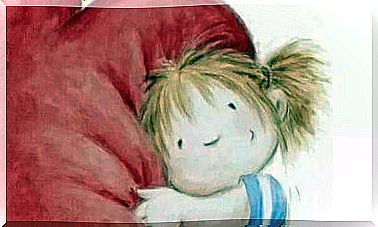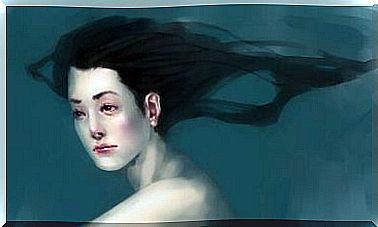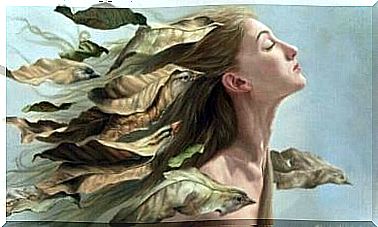Pans Labyrinth: When Disobedience Is A Duty
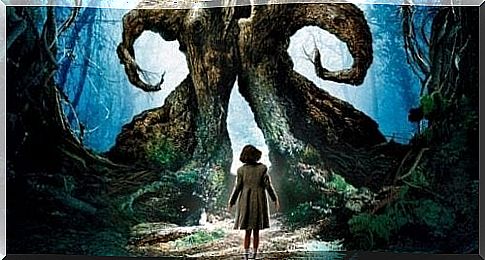
Pan’s Labyrinth (2006) is, according to many people, the best work of filmmaker Guillermo del Toro. This film represents how much he loves the world of fantasy. The film was really successful. It won several awards, including three Oscars: Best Cinematography, Best Production Design and Best Makeup and Hair Styling.
The film takes place in one of the worst times in Spanish history: 1944, the era after the Spanish Civil War. There was much hunger and famine during this time. Thus, it was hard to imagine, invent or believe in adventure.
International isolation, the subjugation of a single ideology (fascism) and misery ruled the daily life of a large part of the Spanish population.
Pans Labyrinth presents two stories that end up being mixed together. The fact that the stories take place at the same time is clear from the beginning.
While a voice-over tells us a story about a princess who lived a long time ago in the underworld, we read some subtitles that place us in the post-war era in Spain. At the same time, we hear a melody that makes us think of the purest fantasies.
Who is Ofelia?
Ofelia is a nexus between the two stories. Pan’s Labyrinth transports us from the harshest realities, submission to a regime and the resistance of the guerrilla warriors, to this little girl’s most innocent fantasies.
Del Toro manages to fascinate us with his aesthetic perception and the underworld. In this film there is a lot of fantasy and reality, adventure and misery, but above all disobedience.
Why Ofelia?
The name “Ofelia” immediately brings to mind Shakespeare – especially Hamlet . In Hamlet is Ofelia Polonius ‘daughter and Laertes’ sister. She is engaged to Prince Hamlet. Ofelia goes mad after her father’s death because Hamlet accidentally murdered him. Her madness makes her a childish, innocent and tragic character.
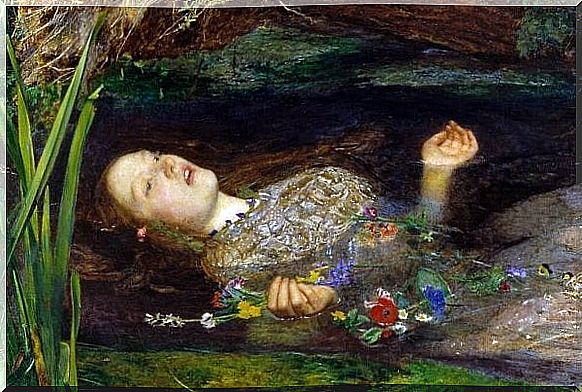
Ofelia’s death, which is never shown on stage, is told by Gertrude, Hamlet’s mother. Many critics consider it one of the most poetic deaths of all time. Ofelia is a woman devastated by love.
She has inspired countless romantic paintings because she represents femininity, innocence, love and death. The story of her death is almost magical.
Shakespeare’s Ofelia seems submissive and obedient in the world of men. But when she loses her thoughts, this obedience begins to disappear. We associate the image of Ofelia’s death with something mysterious.
The name choices in Pan’s Labyrinth are not random. Rather, del Toro chose these names so viewers would think of Shakespeare’s characters.
Similarly, we can see certain similarities between Carmen, Ofelia’s mother, and Queen Gertrude. They are both widows who married villains. Carmen married Captain Vidal, a soldier. He manages operations with the aim of destroying all traces of the Republican guerrillas.
Femininity in Pan’s Labyrinth
In Pan’s Labyrinth, women do not have very good positions. Carmen represents the values of traditional women. She submits to men. Mercedes, the housekeeper at Vidal, challenges these values.
Although she appears to be loyal to the captain, the truth is that she is actually trying to help the guerrilla fighters behind everyone else’s backs. Ofelia lives a story that is parallel to Mercedes’. She is the heroine of her own story as she is responsible for bringing prosperity to the underworld.
Del Toro tried to portray patriarchy as something negative. In doing so, he elevated femininity above it. In the underworld there is no sun. Only the moon shines there. This symbol is filled with feminine connotations due to its relation to menstrual cycle and motherhood.
In the human world, the sun dazzles the princess, causing her to forget her past. The sun represents masculinity and it has negative connotations.
The alum rune is also a prominent symbol in the film. This is a plant with roots that are very similar to a human figure. Ofelia uses the alum root to help her mother through childbirth. She places it in a bowl of milk representing motherhood.
Captain Vidal is the great villain in this story, representing all the patriarchal values. Ofelia represents his opposition. They represent two stories in two worlds.
In this sense, the underworld represents a girl’s innocence and femininity. The real world, on the other hand, is hostile. This is where one can find the pain of the war. This real world is associated with masculinity.
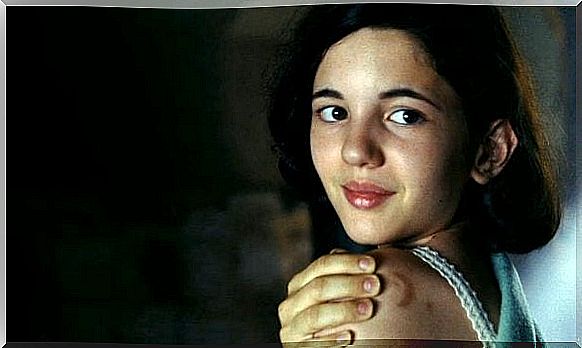
Symbolism
At the beginning of the agricultural period in human history, certain tribes, such as the bush people, saw the underworld as a place associated with the transition between life and death. In other words, it was magical.
Many of their stories are about girls who go down into the underworld and experience things that make them women. They lose their innocence and change.
In the underworld, it is common for animals with human characteristics to appear. There are also challenges, temptations and usually a guide that is not always completely credible. These stories are didactic and parabolic. We can see all this in Pan’s Labyrinth .
The fauna represents natural things. He is a link between the two worlds. But he is also not a completely credible character. The labyrinth is a search for the truth, but it also represents danger.
The tree and the blood are connected with life, and the Pale Man represents oppression and power from the real world. Time seems to be associated with Vidal as he will always check his watch. We can relate this to the god Kronos.
The number 3 appears constantly in the film (Ofelia’s three challenges, three fairies, etc.). This figure represented divinity in classical mythology. In Christianity, it is associated with the Holy Trinity. This is how del Toro constructs a universe that is perfect and divine.
The moral of the film
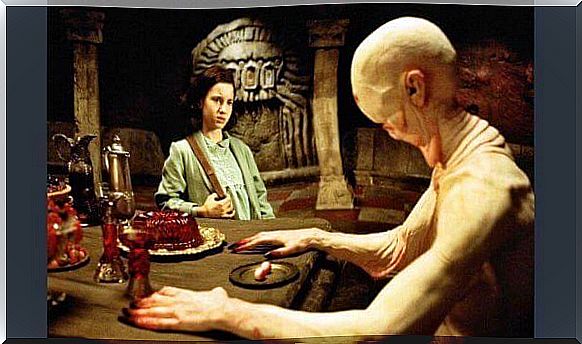
As in all myths, there is a moral in Pans Labyrinth. Del Toro wanted to create a reality where there was only one form of thinking. It is a reality where disobedience becomes a duty.
Here, characters like Mercedes, the doctor and the guerrillas play their part. Despite being oppressed, they still decide to disobey. Disobedience has two sides. It leads to mistakes, like when Ofelia gives in to the temptation to taste one of the fruits on the Pale Man’s table, but it also leads to good things, like when she disobeys the fairies.
The characters in the film represent a reality. However, there are no neutral grades: they are all either good or bad. Del Toro takes a completely subjective stance. He is not objective. On the contrary, he is clearly on the side of the resistance movement, which supports the guerrillas and all the characters who are disobedient.
When the film ends, we are left without a definitive explanation. Was Ofelia’s adventure real, or was it a product of her imagination?






